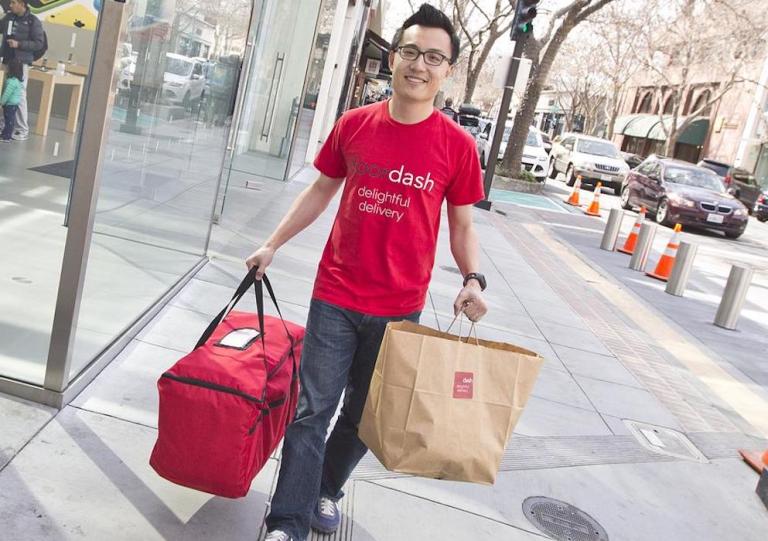
DoorDash is ready to make a move on grocery delivery as a partner firm to larger companies. And it doesn’t get much bigger than their first big partner — Walmart.
According to reports, the goal is to give businesses an option over Instacart, which controls the consumer experience end-to-end when it comes to delivery. The DoorDash alternative will allow the business to maintain its direct, face-to-face relationship with the consumer, while serving as the back-end network that firms can tap to get their goods delivered.
The pilot will roll out in Atlanta, but is slated for bigger things — DoorDash hopes to become the omnichannel key for physical retailers that want to add a delivery button to their list of services offered. Lots of firms want delivery, but not every firm has the desire or resource base to build its own network.
“You can use the term white label, but our drivers still will often wear the DoorDash shirt and have the DoorDash bag,” said DoorDash COO Christopher Payne. “But if you go to Walmart.com, and order from Walmart in Atlanta, you’ll have no idea it’s from DoorDash. We’re very supportive of that scenario, that’s the DoorDash Drive scenario. We’re excited to build a business with them and provide this capability.”
However, DoorDash will have to give up that face-to-face user relationship that Instacart maintains — a trade the company is willing to make because more deliveries mean more data, which means more ability to hone, refine and perfect its total offering. It also offers DoorDash a natural expansion point from the brand’s original business of being a last-mile delivery service for the restaurant industry.
“It turns out restaurant delivery is probably one of the hardest delivery use cases you have — you have to get a pizza somewhere in 20 or 30 minutes or it won’t be crisp, and you have to get an ice cream cone somewhere before it melts. Grocery delivery tends to be delivered earlier in the day, which is before dinner or before you go to work,” Payne said.
“That works out perfectly for us, actually,” Payne continued, “because our drivers aren’t busy or are less busy than they would be otherwise. It’s a delivery window, as opposed to one that’s getting something to you at an exact moment and time. That’s actually much easier and less demanding than a real-time delivery.”